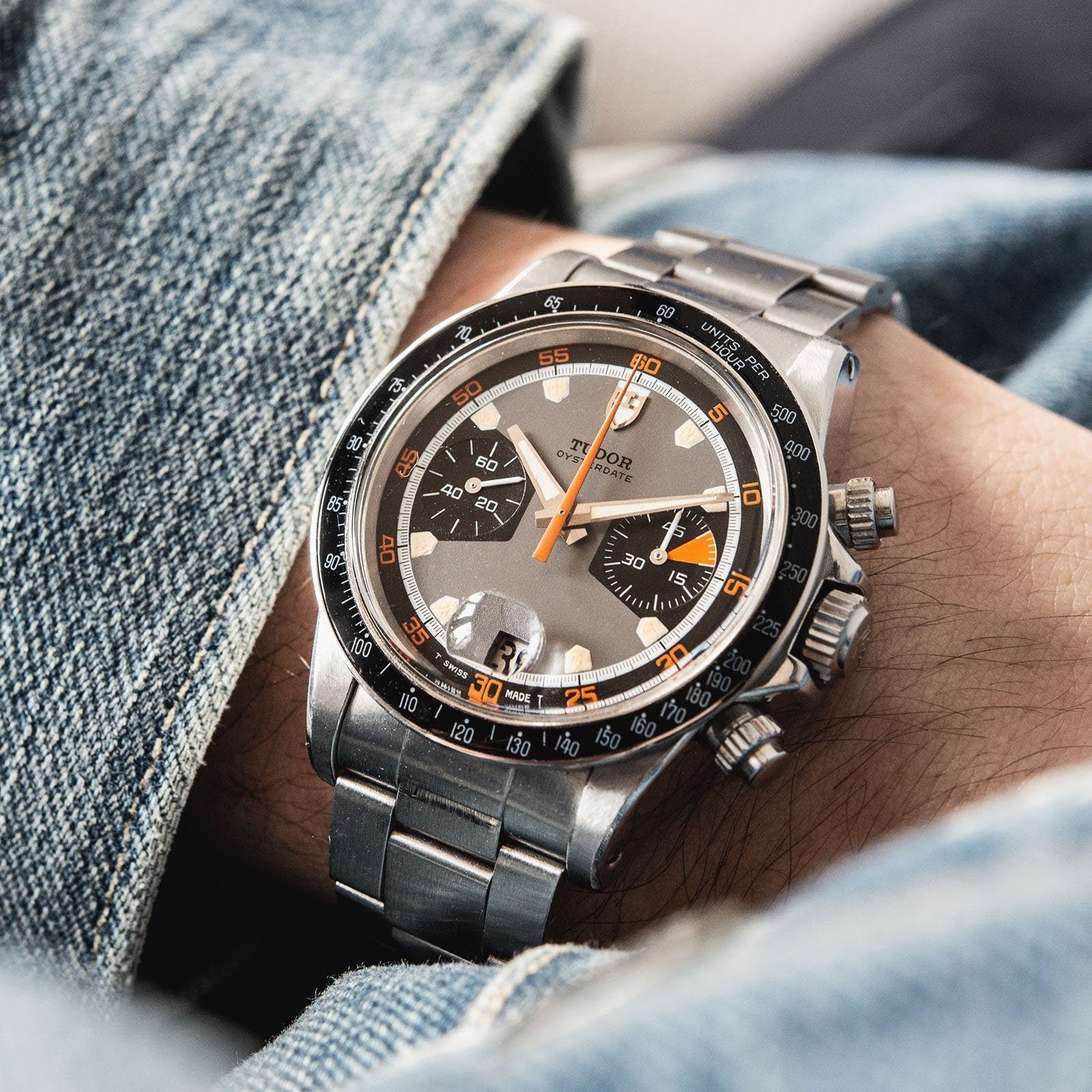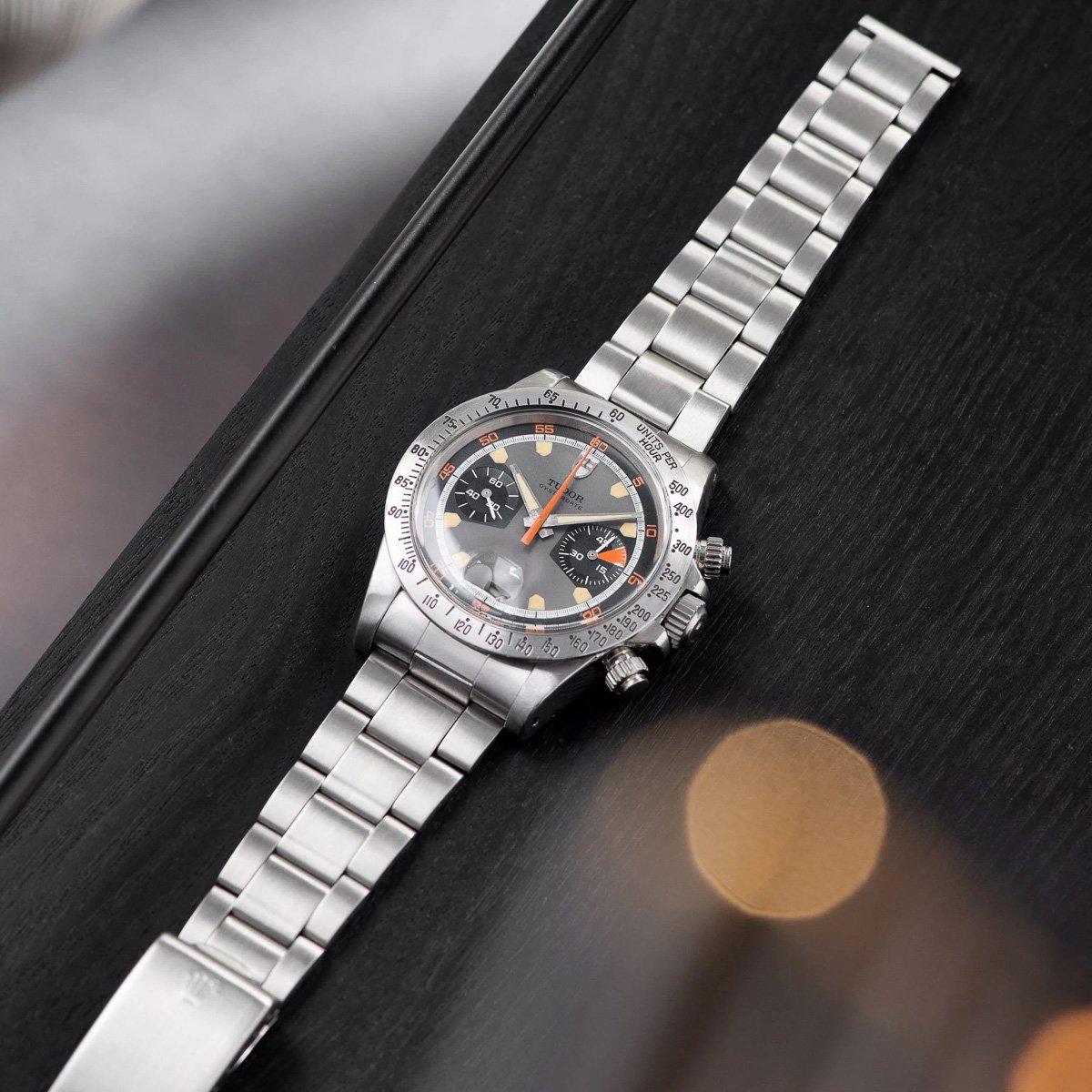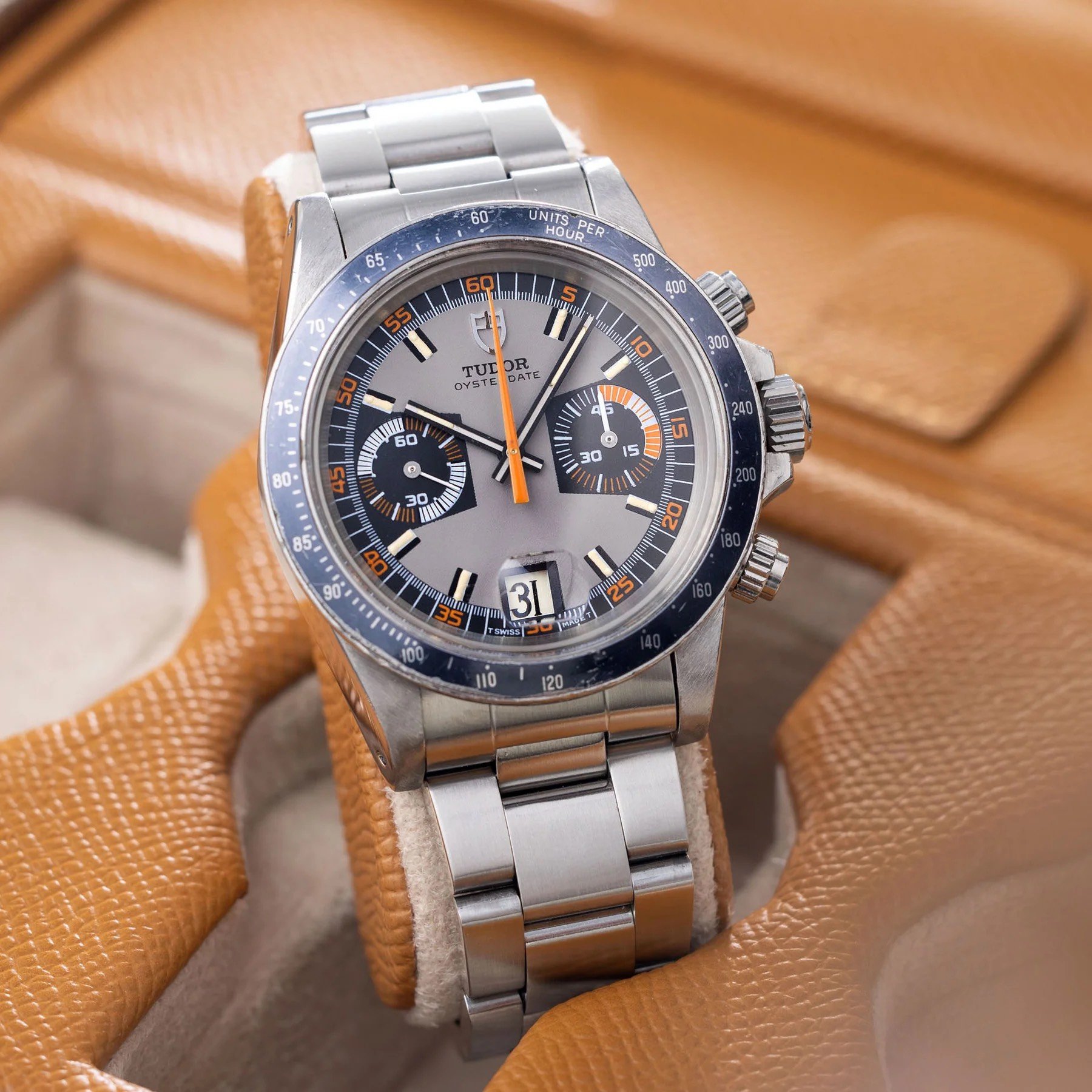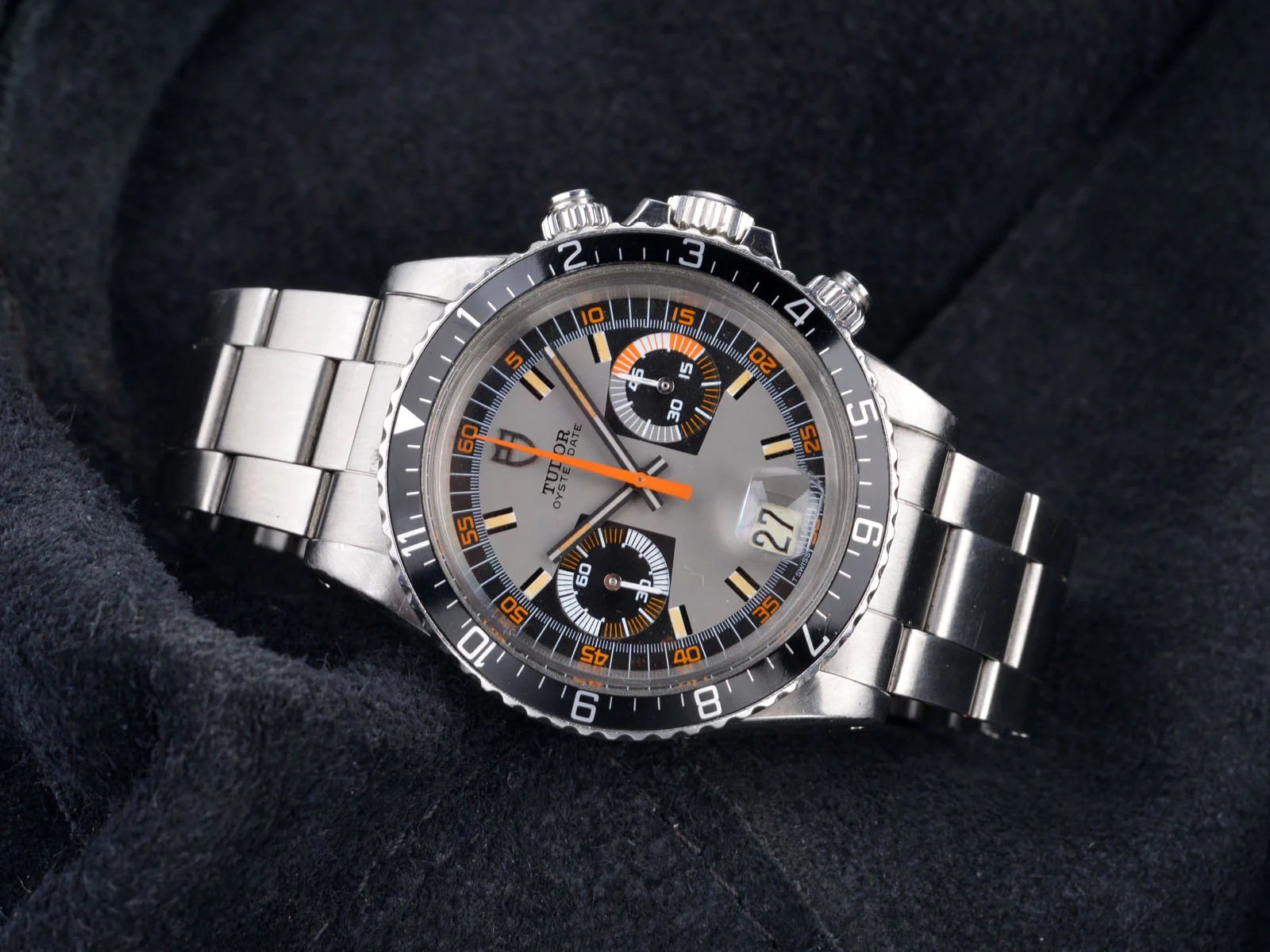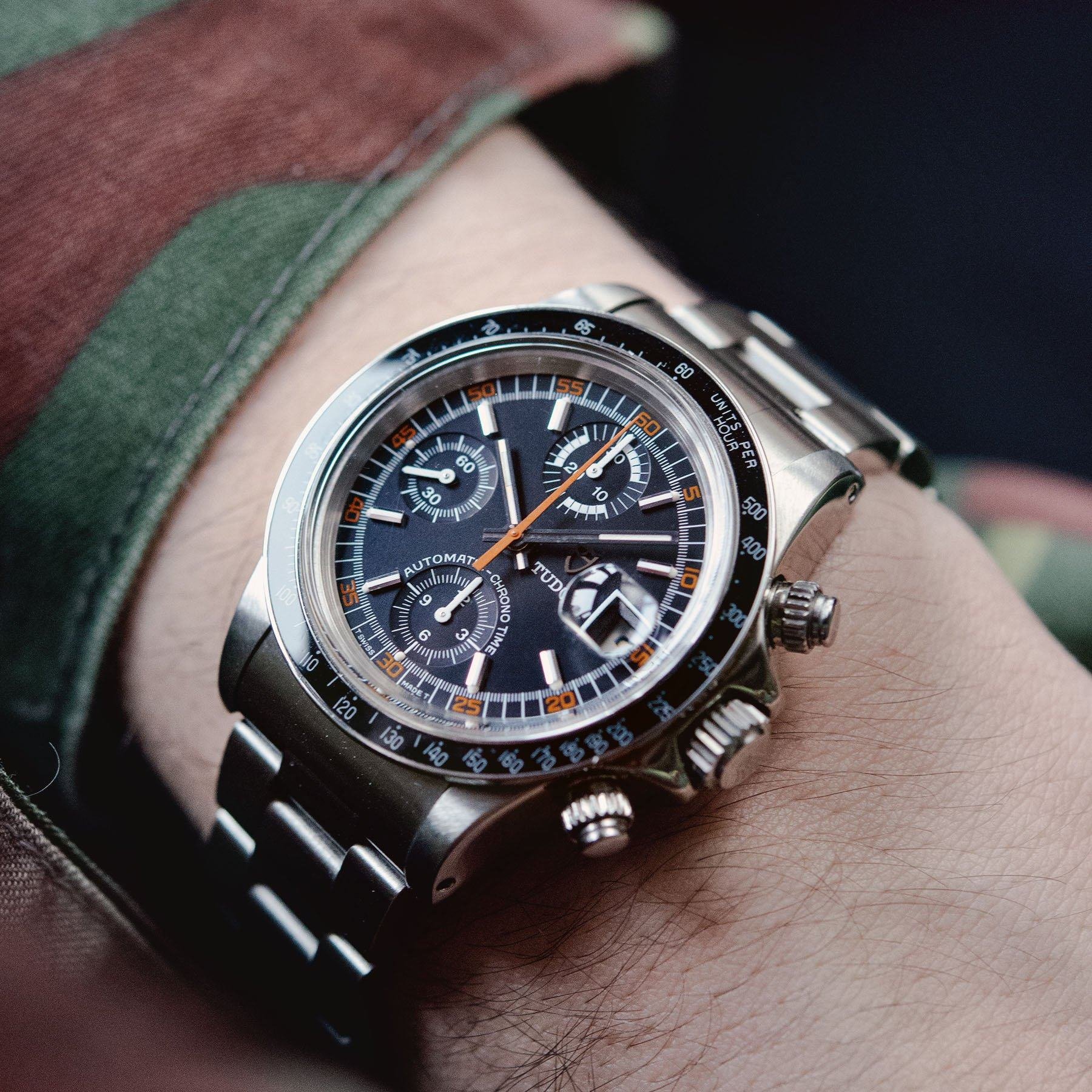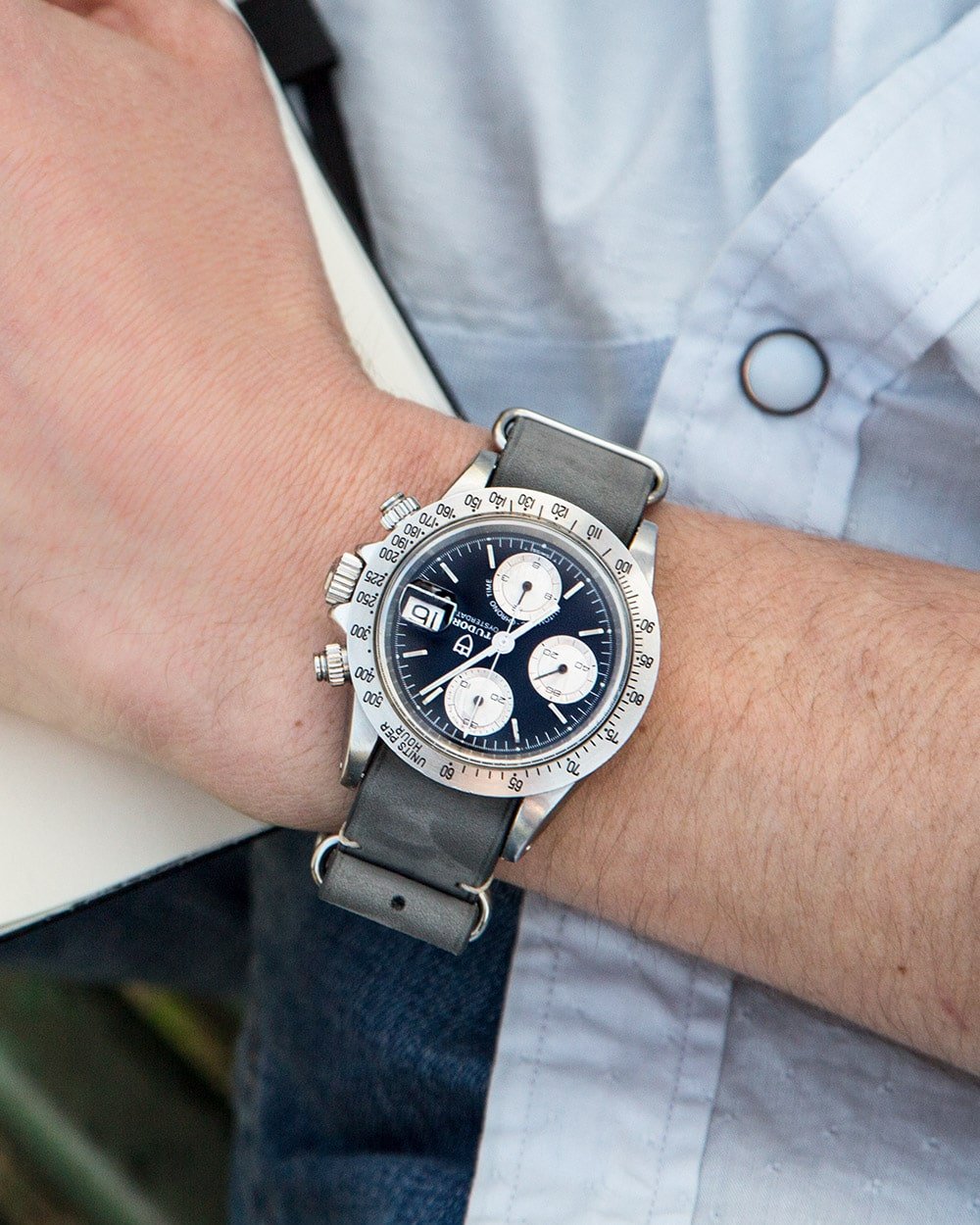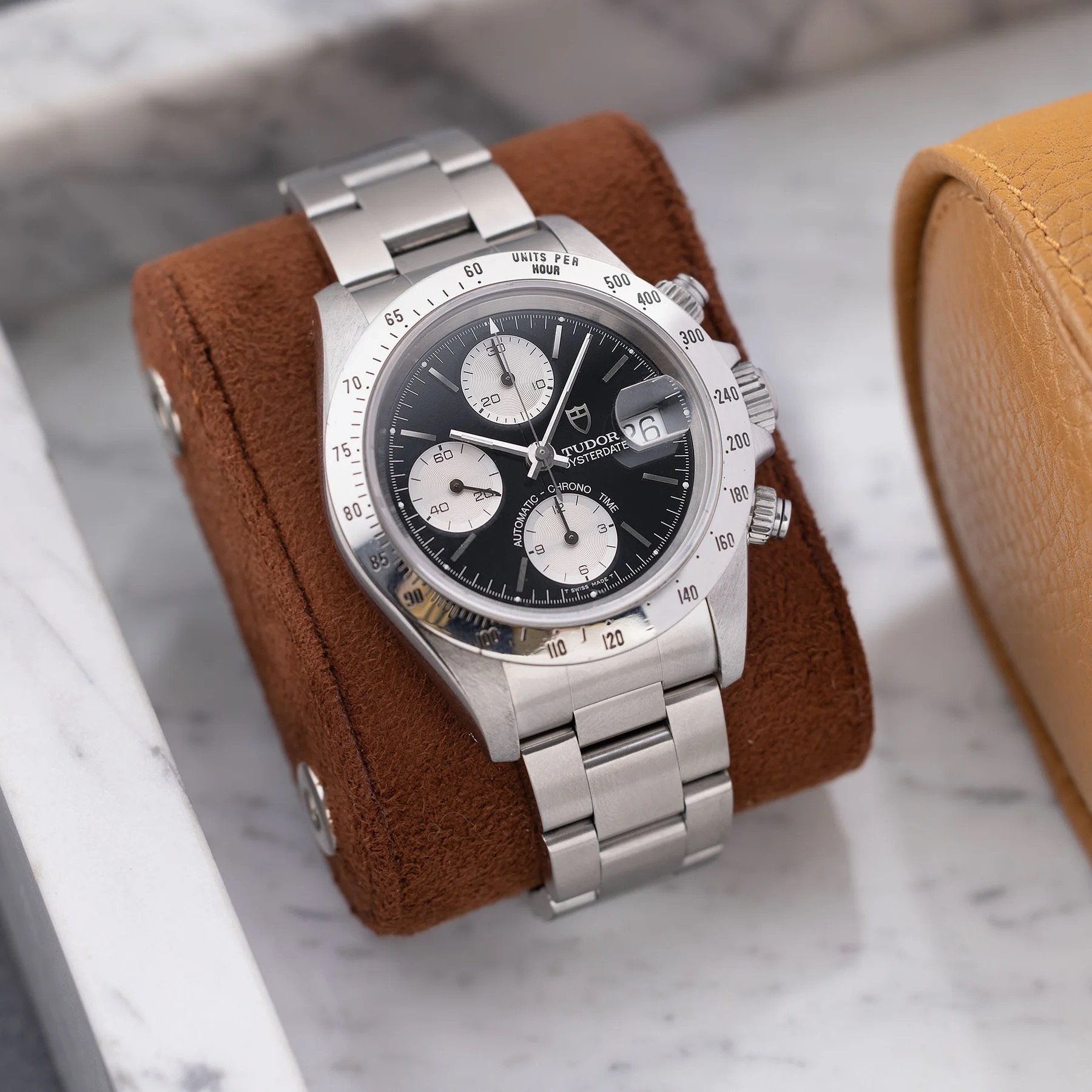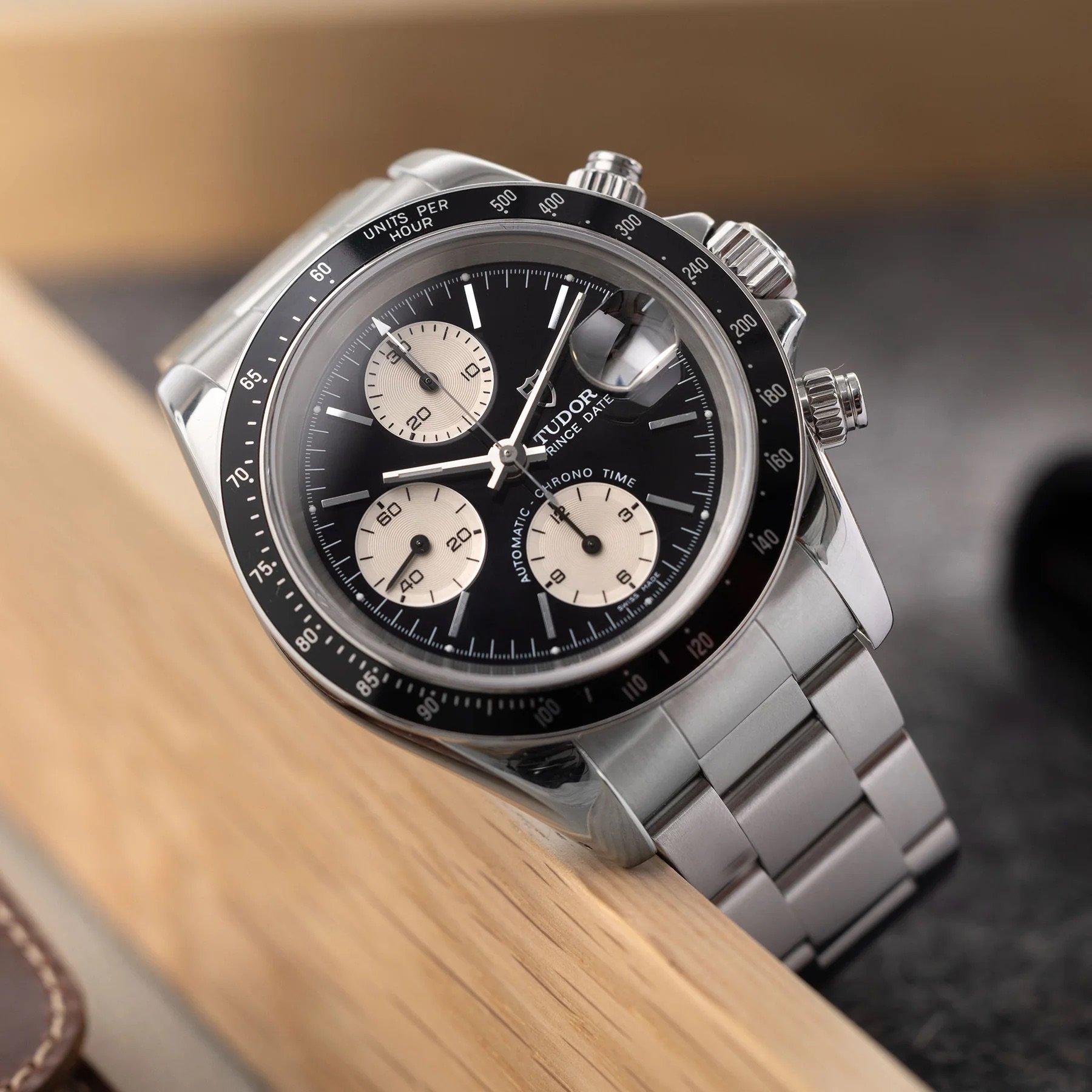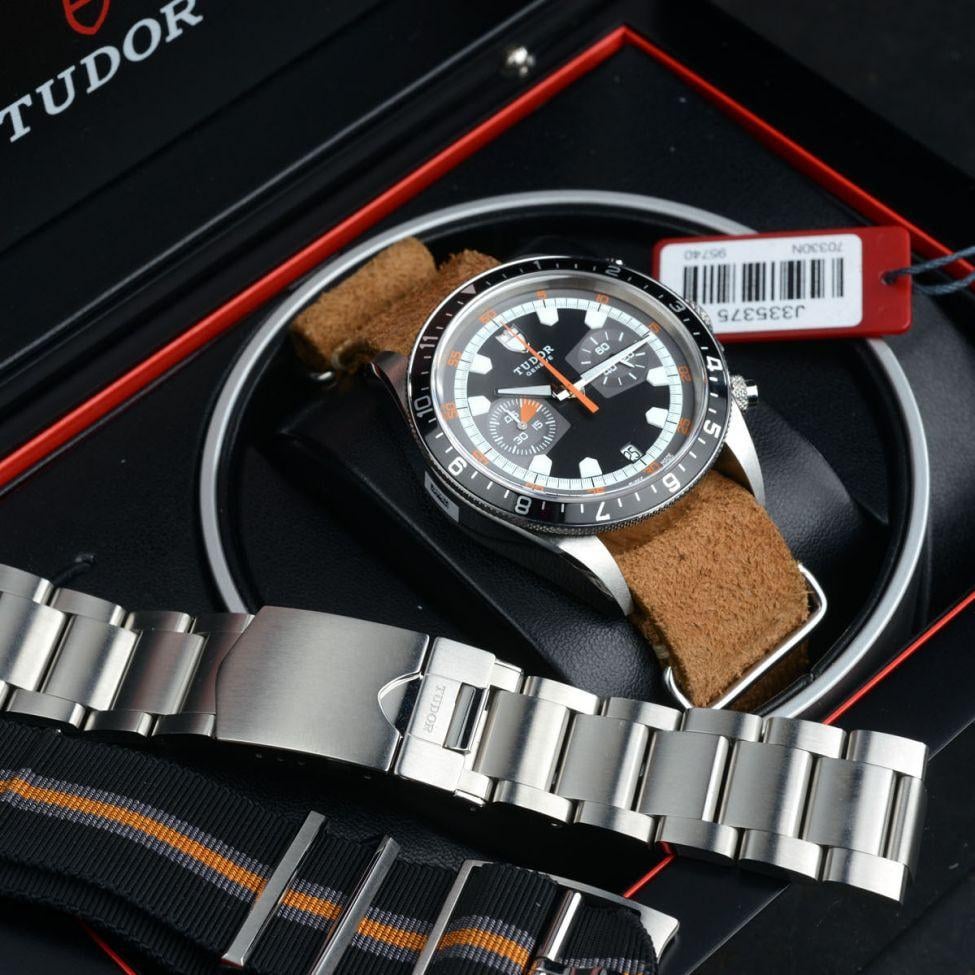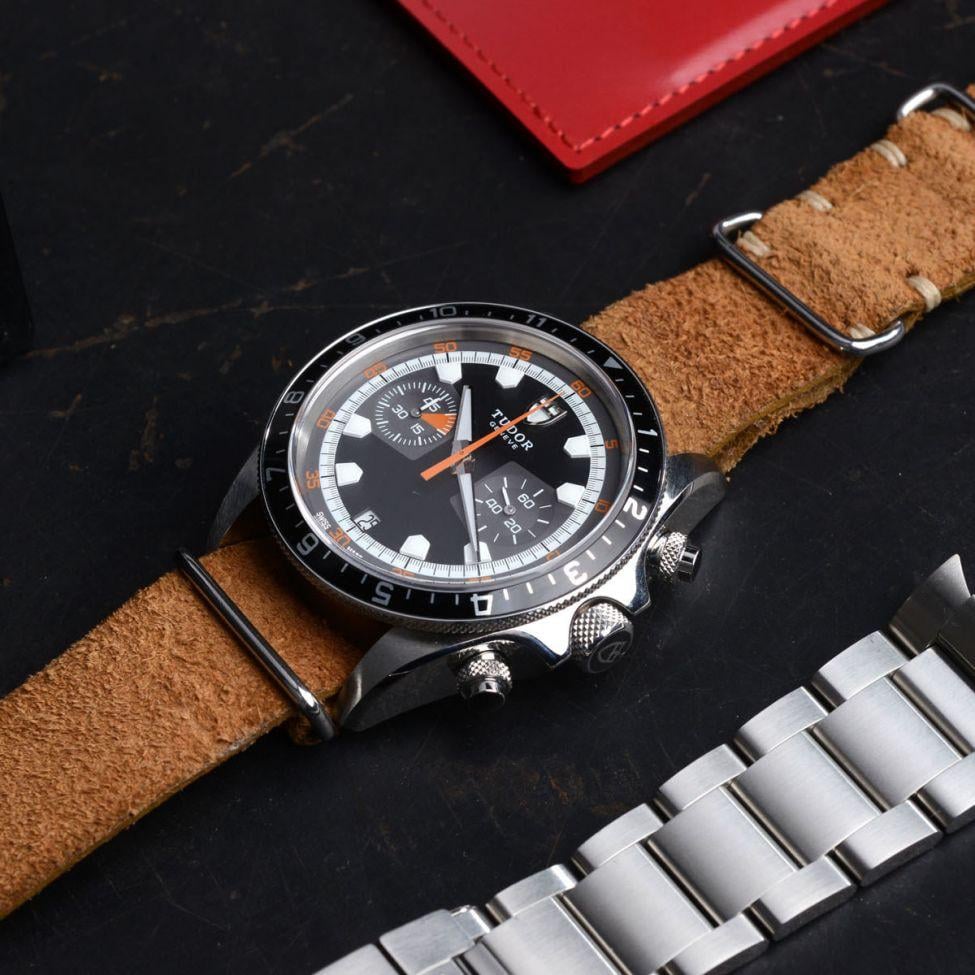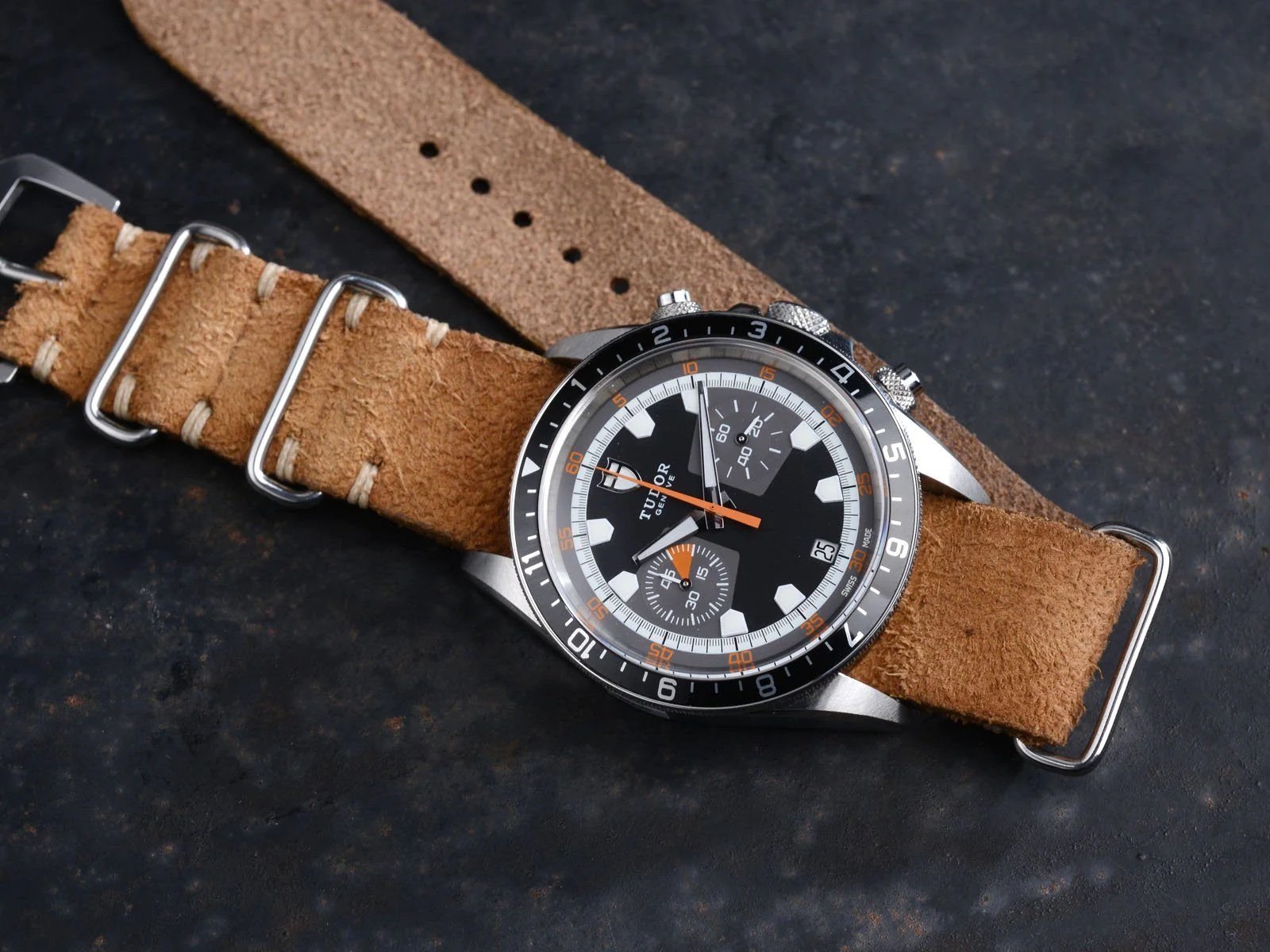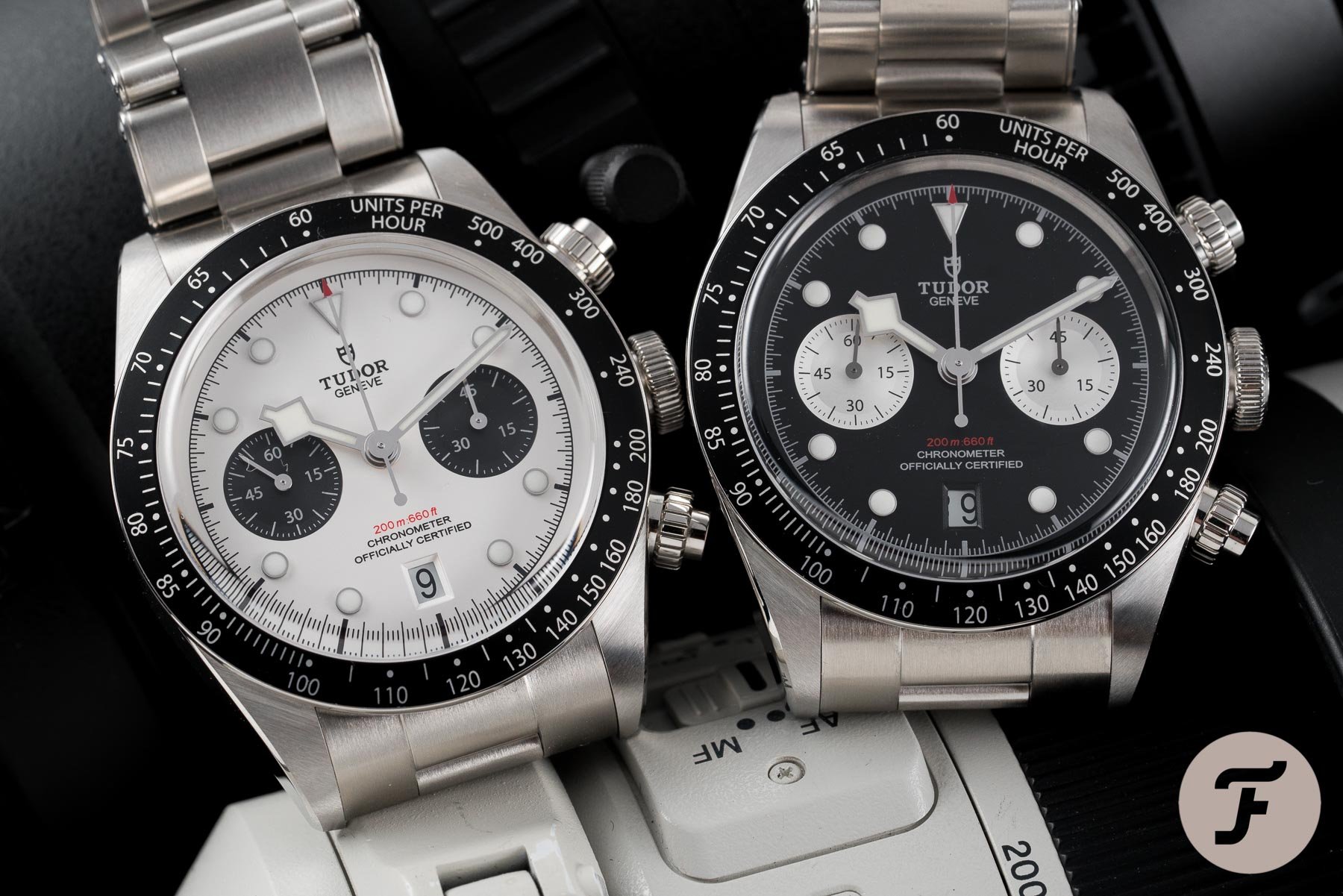Fratello’s Top 5 Tudor Chronograph References Ever Produced
Another Friday, another Top 5! In this series, we take one classic watch and choose our five favorite references ever produced. Four of these references will be based on the historical importance of the specific watch in the grand scheme of things. Though there may be some overlap, it’s not a question of which references are the most collectible or of the highest value on the market. The fifth pick is our Fratello favorite that considers the current market price and collectability, potentially making it a sleeper reference. As such, the last pick could be described as our wild card. This week, we’ll take look at the history of Tudor chronograph watches. These are our five favorite Tudor chronographs ever produced.
When it comes to Tudor, there is a strong focus on the Black Bay line, specifically, the Black Bay dive watches. They are the most popular models in the series, and that is why we already dedicated Top 5 lists to the Tudor Submariners and the Black Bay divers. But despite that focus, there is a lot more to Tudor than just divers. Especially when we take a look at the brand’s past, the colorful chronographs stand out. The early Tudor chronographs from the 1970s are unique in their presence and do not mimic the iconic Rolex Daytona. It makes them much-loved among Tudor collectors. But even the later Tudor chronographs that do take after their bigger brothers have become fan favorites. That’s why it only makes sense to dedicate a Top 5 list to the best Tudor chronographs ever.
Tudor Oysterdate “Homeplate” ref. 7000 series
The first pick for this list is the first chronograph that Tudor ever released in 1970. The Tudor Oysterdate ref. 7031 was a colorful chronograph that was far removed from the Rolex Daytona in its design. The watch did come on an Oyster bracelet and with a 39mm Oyster case with crown guards and screw-down pushers. So in that sense, it did take after the Daytona. But the dial design was completely different from anything we had ever seen from Rolex. The colorful design used a vibrant mix of black, gray, white, and orange colors, and the design featured characteristic graphics that make it easy to recognize. The standout elements are the hour markers that looked like the home plate on a baseball field, earning these chronographs the nickname “Homeplate.” On top of that, each watch in the series featured a date window at 6 o’clock.
I say “series” because Tudor produced three references with different bezels. The first was the ref. 7031, which came with a black plastic bezel featuring a tachymeter scale. The second variant was the ref. 7032 with a stainless steel bezel and black tachymeter scale. To round out the lineup, Tudor created the third variant, ref. 7033, which had a bidirectional rotating bezel with a black insert featuring a 12-hour scale. Unfortunately, this one never made it past the prototype stages. The “Homeplate” series was powered by the manual-winding Valjoux 7734 chronograph movement. This classic chronograph caliber operated at 18,000vph and provided a 45-hour power reserve. These iconic Tudor chronographs go for roughly €25K to €40K nowadays. This is a lot of money, but it buys you a true Tudor classic.
Tudor Oysterdate “Monte Carlo” ref. 7100 series
In 1971, Tudor introduced its second series of chronographs, which stayed in production until 1977. This new series consisted of three different models in line with the previous 7000 series. The first was the Oysterdate ref. 7149 with a black or blue Plexiglass tachymeter bezel insert. Next was the ref. 7159, which featured a stainless steel tachymeter bezel. The last of the three models was the ref. 7169. It featured a bidirectional 12-hour bezel, and it did make it into production, unlike its predecessor. The watches featured a 39mm Oyster case with screw-down pushers and came on an Oyster bracelet. The biggest aesthetic difference was the new colorful bezel. The characteristic hour markers that graced the dials of the series were replaced with more traditional baton-style indices. The hour and minute hands also changed in style, just like the two registers.
Refs. 7149 and 7169 were produced in two colorways. The first was the black, gray, and orange colorway that Tudor had used for the 7000 series. The new colorway that Tudor produced featured a combination of blue, gray, and orange. On top of that, the new dial design was, once again, instantly recognizable. Because the dial design looked like a roulette table, fans started calling these models the “Monte Carlo” chronographs. Inside the watches, Tudor switched from the Valjoux 7734 to the Valjoux 234. The manual-winding column-wheel chronograph movement was a step up from the previous movement. It upped the operation frequency to 21,600vph and came with a 48-hour power reserve. Finding one of the Monte Carlo chronographs will set you back between €15K and €25K.
Tudor Prince Oysterdate “Big Block” ref. 94000 series
In 1976, Tudor introduced a new series of chronographs. These watches also got a new name — Prince Oysterdate Chronograph. This was Tudor’s first series of automatic chronographs. Tudor switched from the Valjoux 234 caliber to the automatic Valjoux 7750. While the new movements were equal in diameter, they were 1.5mm thicker due to the added rotor. A consequence was that the 40mm cases for the new series were thicker, resulting in the “Big Block” nickname. The new movement also changed the dials substantially. The new watches featured the now-famous 7750 layout with three registers at 6, 9, and 12 o’clock and a date window at 3 o’clock. This format replaced the two-register layout of the previous models.
As with the previous series, Tudor chose to produce three different references with different bezels. The first was the ref. 94200 with black or blue tachymeter scales. The second was the ref. 94201, featuring a bidirectional bezel with a 12-hour scale. The third was the ref. 94300 with a stainless steel bezel with a tachymeter scale. When it comes to dials, you would find the words “Chrono Time” or “Automatic — Chrono Time” in an arc over the bottom chronograph register. In terms of variations, it’s best to split the series into two groups. The first group is the “Monte Carlo” dials, also known as “Exotic” dials, which follow the colorful example set by the previous generations of Tudor chronographs.
Plenty of variations of the Tudor “Big Block” Chronograph
The second group was more conventional and followed the overall aesthetic of the Rolex Daytona, but it also differed due to its typical Valjoux 7750 layout. The conventional or “regular” dials came in either silver with black registers or black with silver registers. These regular-dial versions also introduced a new handset with an “arrow” central chronograph hand. As you will understand, with three different bezels and a string of different dials, there are quite a few 94000-series variations out there. The prices for one of these Big Block chronographs start at roughly €8K and move up to €20K for the more sought-after ref. 94200 models with “Monte Carlo” dials.
Tudor Prince Oysterdate ref. 79260
The first three spots were basically Tudor’s series of chronographs in chronological order. In 1989, Tudor updated the 94000 series with the introduction of the 79100 series. The brand made some minor updates to the overall design. Most notably, Tudor changed from Rolex-signed bracelets and crowns to Tudor-signed ones in 1992. Other than that, the series stayed fairly the same. But with the introduction of the 79200 series in 1995, Tudor made more updates. The case was slightly adapted to be more rounded and elegant. Consequently, it looked more like the case of the Rolex Daytona ref. 16520. The names also changed to Prince Oysterdate chronographs, and the brand also introduced sapphire crystals for the range.
Inside the case, Tudor still used the Valjoux 7750, although the brand decided to up the overall finishing. When it comes to the different references, the bezel was the main differentiator. The ref. 79280 was the version with a stainless steel bezel with a tachymeter scale. The ref. 79260 featured a black anodized aluminum insert that replaced the black Plexiglass (plastic) bezels of previous generations. In 2000, Tudor also introduced a five-link Jubilee bracelet for its chronographs, creating a distinctly different look. The same goes for the versions that came with a leather strap, a first for the Tudor chronographs. In terms of dials, Tudor produced a number of different color variants. On top of that, there are versions with the classic baton hour markers and versions with Arabic numerals. Expect to pay anywhere from €3K to €10K for one of these chronographs.
Tudor Heritage Chronograph ref. 70330N
This brings us to the last spot on this list of five. However, I must admit that I haven’t stuck to five references per se. This has become an overview of the different generations rather than our top five singular references. But in all honesty, it’s hard to pick just five specific watches with so many options that only differ in a bezel or dial color. So I hope you forgive me for that. For the fifth and last spot, we also had multiple options. The Black Bay Chronograph with Breitling’s B01 chronograph caliber has seen multiple versions. Quite a few could be on this list, such as the steel-bezel version that started that line. The “John Player Special” S&G version and the two current panda and reverse-panda models are great as well. But in the spirit of this series, we decided to go a different route.
Two years before the Black Bay name appeared, Tudor brought back a colorful chronograph of the past. In 2010, the brand introduced the Heritage Chronograph ref. 70330N. This model brought back the instantly recognizable looks of the first-generation Tudor “Homeplate” chronographs, specifically, the ref. 7033 with its 12-hour bezel that never made it into production in 1970. But in essence, it brought back the same aesthetic as the ref. 7031 that collectors love so much. The Heritage Chronograph line was expanded in 2013 with a blue version, ref. 70330B, which took after the ref. 7149 and ref. 7169 models. But it’s this ref. 70330N that started the retro-inspired revival of the Tudor brand.
A future classic?
Inside the 42mm stainless steel case, Tudor used the ETA 2892-A2 enhanced with a Dubois-Depraz chronograph module. Despite this construction, the watch was relatively easy to wear, with a thickness of 12.7mm. This is a substantial but not large-wearing chronograph with a lug-to-lug of a little over 50mm. It is bigger than its 1970s counterpart, but the way Tudor made this modern version is absolutely worth checking out. As the Tudor Heritage Chrono line has been discontinued, the different versions’ prices have increased slightly. But you will be able to buy one new if you search for one. Pre-owned prices start at roughly €2.8K and move up to a little over €4K for a new one. That is a lot more affordable than its vintage counterpart, and that is why this is a very good option if you love this unique aesthetic.
Final thoughts on the Tudor Chronograph references
There you have it — a small walk through Tudor chronograph history. Writing this article made me realize just how interesting this portion of the brand’s history is. It’s a lot less Rolex-inspired than the other collections that the brand has had. Therefore, I took the liberty to make this not a list of five references but an overview of the different generations. But we realize you might not agree with all the picks on this list. That’s why we would love this to be the start of a bigger discussion. In the comments section below, let us know your picks for the most relevant references in the development of Tudor chronographs. We will see you next week for another Top 5 list of references for a different classic watch.
For more information, visit the official Tudor website.

